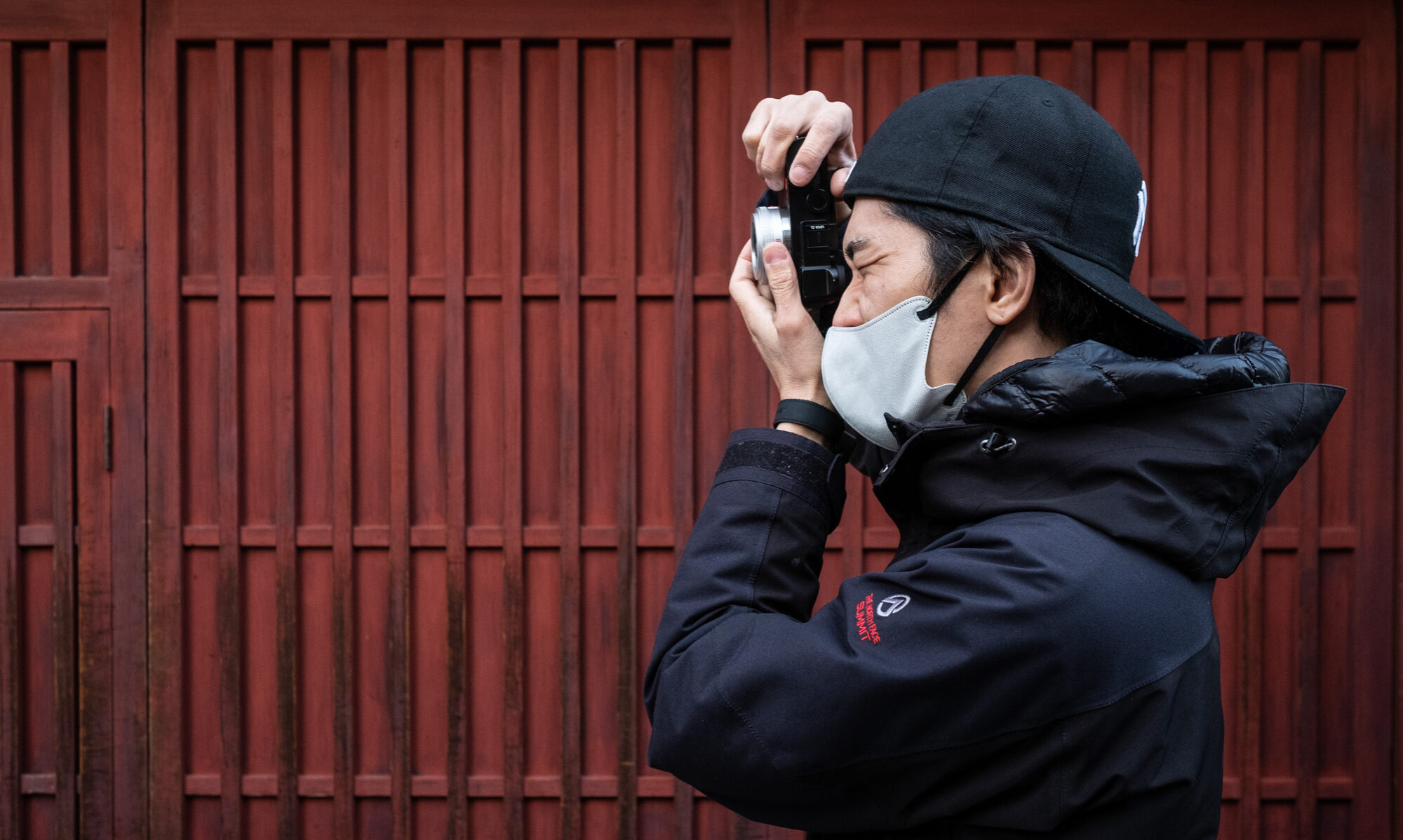Autofocus systems are at the heart of the majority of modern cameras. Autofocus solves many problems, and not only for the visually impaired: the best systems can focus more quickly and accurately than even the most experienced combinations of eye and hand. Some autofocus systems can work even where there is no light to see by.
ONE-SHOT AUTOFOCUS
The foundational autofocus system turns the focusing mechanism until focus is found, then alerts the photographer usually with a focus confirmation signal such as a beep or light. In the majority of systems, the shutter is blocked until focus is achieved. One-shot autofocus is obviously most suitable for static subjects, but it can be useful for quick action when you can anticipate the position of your subject you focus just before it reaches the point. The focus point can be held or memorized by the camera, which enables you to use the technique of focusing on one spot, then recomposing the framing for the shot. This method offers a quick way to focus but can introduce errors. If you have the time, manual focusing may produce sharper results.
SERVO AUTOFOCUS
In order to handle moving subjects, servo systems continually track and adjust focus until just before the of exposure. This can save a lot of work when watching a mobile subject through the lens. The best of modern systems can adjust quickly enough to keep a moving car or person in focus as it approaches the camera far better than the eye can. However, this slows frame rates for sequential shots as the camera is having continually to adjust focus as well as take the shots. Another problem with servo focusing is that if someone passes between lens and subject, the camera will try to focus on that person. With servo autofocusing you cannot hold a focus and adjust the composition, so you must rely on the focusing points offered by the camera; some models give you 45 points to choose from.
WORKING IN THE DARK
Autofocus systems in SLRs and the majority of digital cameras work best in good light with subjects with clear margins and markings; their efficiency falls very rapidly in dim light and low-contrast situations. Some cameras project light patterns into dark situations (from the body or accessory flash) to aid focusing. However, the flashes of light can alert your subjects that you are focusing on them. Other autofocus systems such as those in film using compacts can work in the dark because they send out beams of infrared light to rangefind.
PROS AND CONS
- Helpful for those with vision defects, rapid response possible, can track moving objects, can be more accurate than manual focusing.
- Tendency to keep focusing spot on the subject rather than frame correctly, may be inaccurate or focus on unintended parts of the subject.


